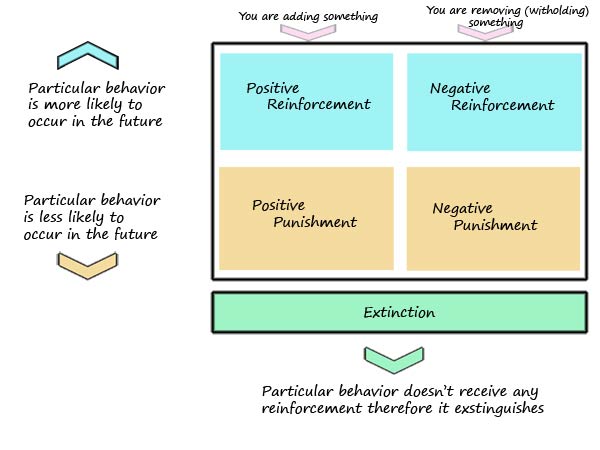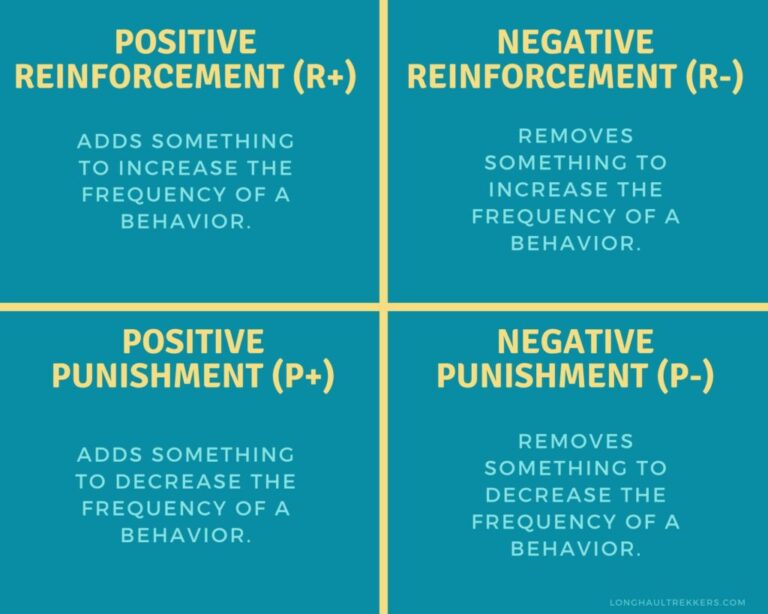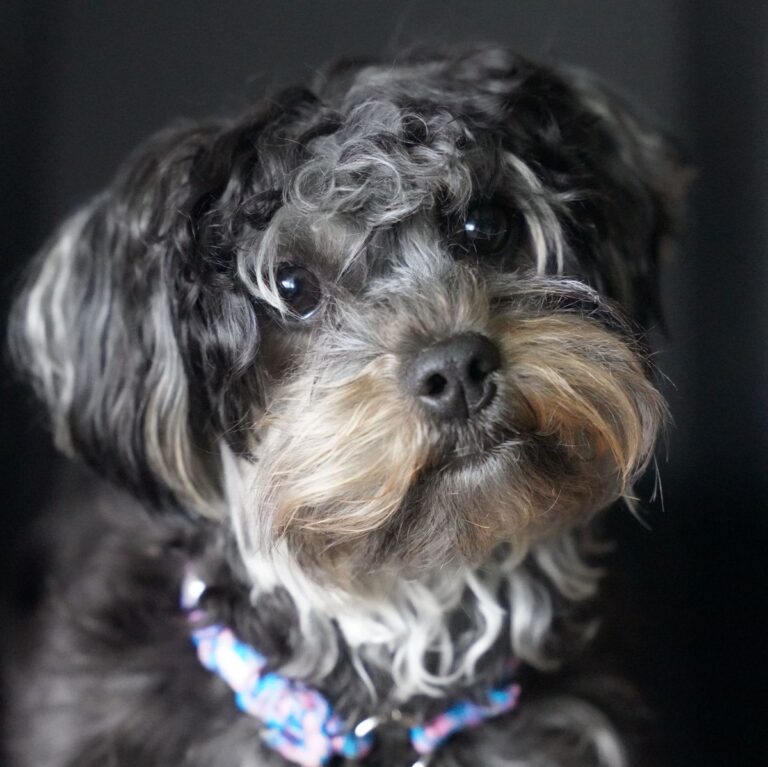When is the Best Time for Dog Training? Tips for Max Results
Last Updated on April 10, 2024 by Petpalace54
The best time for dog training is during the puppy stage, ideally between 3 and 6 months of age, as this is when they are most receptive to learning & forming habits. Training should be repeated consistently to reinforce good behavior but should also be adjusted based on the dog’s personality and needs.
Good training is essential for all dogs to maintain discipline, control, and socialize with other pets & people. Training is not just about teaching commands and tricks; it is also about helping your dog understand the rules and boundaries of living in a human world.
However, When is the Best Time for Dog Training? Generally, it is essential to understand that it is never too late to start training your dog, no matter their age or breed. It is important to make training a part of your daily routine rather than just a one-time activity. The best time of day to train your dog is when they are the most alert & focused, which is generally in the morning or after playtime.
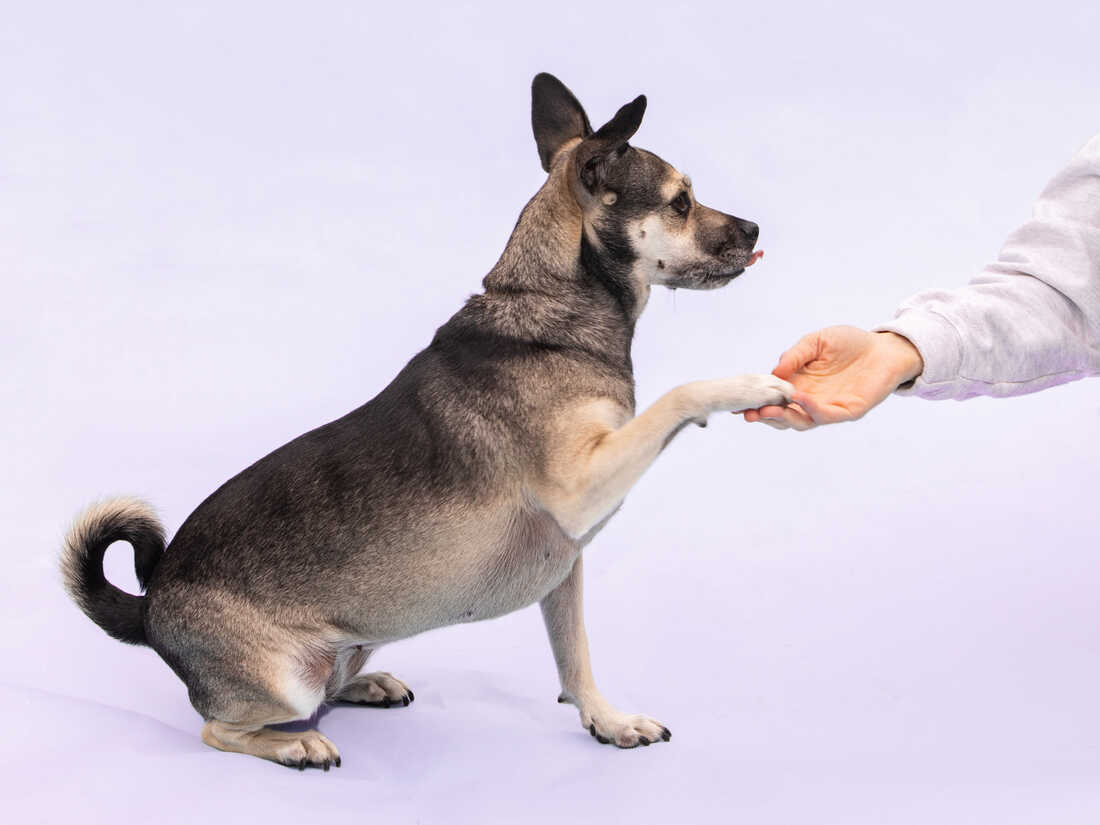
Credit: www.npr.org
Table of Contents
When Should You Start Training Your Dog?
Training your dog should start as early as possible, ideally when they are puppies. This allows you to establish a strong foundation for good behavior and obedience training. However, even older dogs can still be trained with patience & consistency.
When Should You Start Training Your Dog?
Training your dog is an essential part of being a responsible pet owner. Every moment spent teaching your pup basic obedience skills, tricks, and manners will pay off in the long run. The key to successful dog training is to start early. But when should you start training your furry friend?
The best time to start training your dog is when they are puppies. Puppies are like sponges; they soak up everything they hear, see, and do. You can start training your puppy as early as eight weeks old. This is a critical time to start socializing your puppy & laying the foundation for future training success.
Incorporating Training Into Everyday Situations
Training your dog does not have to be a formal session. In fact, it can be more effective to integrate training into everyday situations. For example, practice sitting and staying while your pup is waiting for his food. This not only teaches your pup self-control but can also prevent them from your puppy from developing food aggression.
Practicing Recall
Recall is an essential command to teach your dog. Not only can it prevent your dog from running off in unsafe situations, but it can also enhance your bond. Start practicing recall at home, in a familiar place with minimal distractions. Always reward your pup for coming when called.
Two Raw Ingredients for Teaching a Good Game of Fetch
Fetch is an enjoyable game for both owner and pup. Teaching your pup to play fetch is easy, all you need is a toy and two ingredients, patience and fun. Make sure to engage and motivate your pup during training sessions, celebrate every success, and keep the session short & sweet.
Using Treats to Build Interest
Positive reinforcement is a proven and efficient training method. Using treats to reward good behavior will keep your pup interested and motivated. Use small, soft, & smelly training treats that your pup can swallow easily. Do not overfeed your pup, which can cause weight issues.
Teaching Your Dog to Brainstorm
Just like people, dogs can learn through trial and error. Encouraging your pup to brainstorm & come up with solutions on their own is an excellent way to stimulate their mind and enhance their problem-solving skills. Make sure you provide support & guidance when needed.
Increasing Bond & Communication
The training process is not just about teaching your pup new skills. Training your dog can strengthen your bond and communication. Always use a consistent language, tone, and reward system. Spend time training with a positive and relaxed attitude, & your pup will look forward to the sessions. The more time you spend training your pup, the stronger your bond and communication will become.
Yes, when it comes to training your pup, the most important thing is to start early. Puppies are incredibly receptive to training and socialization. Incorporate training into daily activities & use positive reinforcement to keep your pup motivated. Celebrate every success and remember to have fun with your furry friend.
How Often And How Long Should You Train Your Dog?
Training your dog should occur in short sessions of 5-10 minutes, several times a day, rather than a long training session. Dogs can be trained any time of day, but the best time for training is when they are alert and attentive, which is usually earlier in the day or before mealtime.
Dogs are smart creatures and are always eager to learn new things. But when it comes to effective dog training, it’s not just about teaching them tricks and commands, it’s also about figuring out the right time and frequency. As a pet owner, you may wonder, how often and how long should you train your dog? Well, the answer depends on different factors such as age, breed, and personality. In this blog, we’ll explain all the factors you should consider and offer some helpful tips on how to train your dog effectively.
Dog Training Treats
Using dog treats is an essential part of dog training. Treats can reinforce good behaviors and help your dog associate training with rewards. But choosing the right treat is key. You need to select dog treats that are healthy, low-fat, and tasty. When training your dog, it’s best to use small-sized treats, so as not to spoil their appetite. You can also use toys and verbal praise as rewards when training your dog.
How Often Should You Train Your Dog?
Knowing how often to train your dog is as important as knowing how long. Generally, you should train them every day for at least 15 minutes, but it depends on their age, breed, & personality. Puppies and young dogs have shorter attention spans and are easily distracted, so you may need to train them in shorter periods throughout the day. On the other hand, adult dogs can handle longer training sessions.
Primary Training
Primary training is the foundation of all dog training. It involves teaching your dog basic commands such as sit, stay, come, and down. Primary training should occur in a quiet and stable environment with minimal distractions. These commands may take several sessions for your dog to learn, so it’s essential to be patient & consistent.
Rollover Training
Rollover training is more advanced training that involves teaching your dog to lie on its back & “roll over” on command. This trick can be fun and impressive, but it requires more focus and practice. Rollover training should be done after your dog has mastered primary training.
When To End A Training Session
When training your dog, it’s important to be mindful of their behavior. If your dog seems disinterested or fatigued, it’s best to end the session. It’s also important to end on a positive note, so be sure to do something your dog enjoys, such as playing with a toy or giving them a treat.
Redirecting
Sometimes, your dog may not follow your intended behavior, and it’s important to redirect their actions. For instance, if they are barking excessively, you can redirect them by giving them a toy to play with. Redirecting can help prevent negative behaviors before they become habits.
Proofing With A Treat
Proofing is an essential part of training that involves testing your dog’s responsiveness to commands in different environments and scenarios. You can use treats to prove your dog’s behavior. For instance, if you’re training your dog to stay, proof them by leaving the room & returning after a few minutes. If they are still in position, reward them with a treat.
In conclusion, dog training is a continuous process that requires patience, consistency, and discipline. By considering your dog’s age, breed, and personality, you can determine the best time and frequency to train them. Remember to use positive reinforcement, redirect negative behaviors, and always end on a positive note. With these tips, you’ll be on your way to having a well-trained & obedient dog.
What Is The Best Age For Dog Training?
The most effective time to begin dog training is around 3-6 months of age when puppies are receptive to learning & developing good habits. However, training can be done at any age and can still be beneficial for adult dogs.
It’s important to incorporate training into daily routines to make it a habit and build a strong bond with your furry friend.
What is the Best Age for Dog Training?
Training your dog is vital if you want to create a healthy relationship with your furry friend. However, one question most dog owners ask is, “What age should I start training my dog?” Starting the training process too early or late can significantly affect your dog’s development & behavior. In this article, we will delve into the best age for dog training and provide you with a complete puppy training schedule by age.
The Right Age to Start Puppy Training
Puppy training should start as early as possible. At eight weeks, puppies can already start learning about their environment & how to socialize with both people and other animals. The earlier you start training your dog, the faster they will learn and develop the necessary skills required to become obedient.
Complete Puppy Training Schedule by Age
Below is a complete puppy training schedule by age to help you understand what you should be teaching your dog at each stage of their development:
- 4-8 Weeks: Socialization and potty training
- 8-12 Weeks: Basic commands like “sit” and “come,” leash training, and crate training
- 12-16 Weeks: More advanced commands like “stay” and “heel,” obedience training, and advanced leash training
- 16-20 Weeks: Off-leash training, more advanced obedience training, and more exposure to real-world situations
- 20-24 Weeks: Refinement of skills, problem-solving, and more complex training exercises.
At Exactly How Many Weeks Is the Very Best Age to Start Training a Puppy Dog
The best time to start training a puppy largely depends on the breed. Most dogs can start training as early as seven weeks old, while others should wait until they are twelve weeks old. However, it is always best to consult with a professional dog trainer to determine the best time to start training your puppy.
The Best Time to Start Basic Obedience Training for They Should Always Be on a Leash
Basic obedience training involving leash or crate training should begin at eight to twelve weeks. This is the best time to start teaching your dog how to behave on a leash & crate, making their environment more predictable.
When is the Best Time to Start Obedience Training for A Canine
Obedience training can begin as early as 12-16 weeks, once your dog has already learned basic commands like sit and come. This is the ideal time to start implementing more advanced commands like “stay” and “heel” & to introduce your dog to more complex situations.
When Did You Start Training Your Dog?
It is essential to start training your dog as early as possible to promote good behavior and obedience. With our complete puppy training schedule by age, you now know what your dog needs at every stage of their development. Remember to always approach training with patience and positivity, and consult with a professional dog trainer if you are unsure about when to start training your furry friend.
Best Time Of Day To Train A Dog
Training your dog in the morning is the best time, as it is the time when they have more energy and are more focused. This allows for better learning and retention of commands. Consistency is key, so try to establish a routine that works for both you and your furry friend.
When it comes to dog training, timing is everything. It is essential to determine the best time of day when your furry friend is most receptive and attentive to training. Some dogs tend to be more alert during certain hours of the day, making it easier for them to learn new things. In this blog post, we’ll delve into the different times of day you can train your dog, and which times are most effective. We will also touch on the witching hours, which are the periods of the day when your dog may be less cooperative.
The Witching Hours
The witching hours are those times of the day when your dog may be less susceptible to training. These periods may vary depending on your dog’s breed, age, and individual temperament. For instance, puppies tend to be more active and playful during the early morning hours & late evenings. Therefore, trying to train them during these times may prove to be futile. Similarly, some dogs may be more excitable during the afternoon or early evening, making it challenging to create a calm environment for training. In general, it is advisable to avoid the witching hours and instead focus on times when your dog is more relaxed & receptive to training.
When Is the Best Time of Day to Train Your Dog?
The best time to train your dog may vary depending on your schedule and your dog’s individual temperament. However, the recommended hours for training are usually early in the morning or late in the evening when your dog is less distracted. During these times, your dog is more likely to be relaxed and focused, making it easier to engage them in training sessions. Additionally, early morning training is an excellent way to start your dog’s day, as it sets the tone for the rest of the day. Evening training can also be beneficial as it helps to soothe your dog after a long day of activities.
When Is the Best Time to Train Your Dog? – Paul Owens
Dog training expert Paul Owens suggests that the best time to train your dog is when they are relaxed and comfortable. For example, after a meal or a leisurely walk, your dog may be more inclined to learn new things. You can also try training your dog during their naptime when they are in a calm & relaxed state of mind. Similarly, teaching your dog before bedtime can help to create a positive association with training, as they can wind down after the session & go to sleep.
In conclusion, the best time of day to train your dog will depend on their individual temperament, breed, and routine. By understanding the witching hours, you can avoid times when your dog is least receptive to training. Instead, aim to train your furry friend during the quieter periods of the day, such as early morning or late evening. Remember, always choose a time when your dog is relaxed & comfortable to ensure that they enjoy the training sessions.
Training Tips For Beginners
Dog training can be done at any time of day but it’s best to choose a time when you and your dog are both relaxed & not distracted. Consistency is key, so pick a time that you can stick to and make training part of your daily routine.
Training Tips for Beginners:
Starting dog training can be exciting yet overwhelming, especially for beginners. The first thing to consider is when to train your dog. There are various factors to keep in mind while figuring out the best time for dog training.
Best Time Of Day To Train A Dog?
The ideal time for dog training is when your furry friend is fresh and alert, usually after a nap or downtime. Dogs tend to have more energy at certain times of the day, so it’s better to schedule your training sessions accordingly. Moreover, training too close to feeding time may decrease their motivation to learn.
How Much Time Do You Spend Training With Your Dog?
Spending just a few minutes every day can be beneficial for both you and your furry friend. Keep in mind that short training sessions can be more effective than long ones. Dogs have short attention spans, so it’s better to focus on quality rather than quantity.
When Should I Start Training My Puppy?
It’s never too early to start training your puppy. The first few months are crucial as their behaviors & habits are established early in life. Basic obedience training should start as soon as possible, using positive reinforcement to instill the right behavior.
What Are Your Most Useful Dog Training Tips For Beginners?
Here are some tips to keep in mind while training your dog:
- Positive reinforcement is key
- Be consistent in your training approach
- Start with basic commands like “sit” and “stay”
- Keep training sessions short and fun
- Be patient and don’t give up
- Praise your dog for good behavior
- Always end on a positive note.
Training your dog takes time and effort, but it’s a rewarding experience for both you and your furry friend. Follow these tips, and you’ll be well on your way to having a well-trained dog.
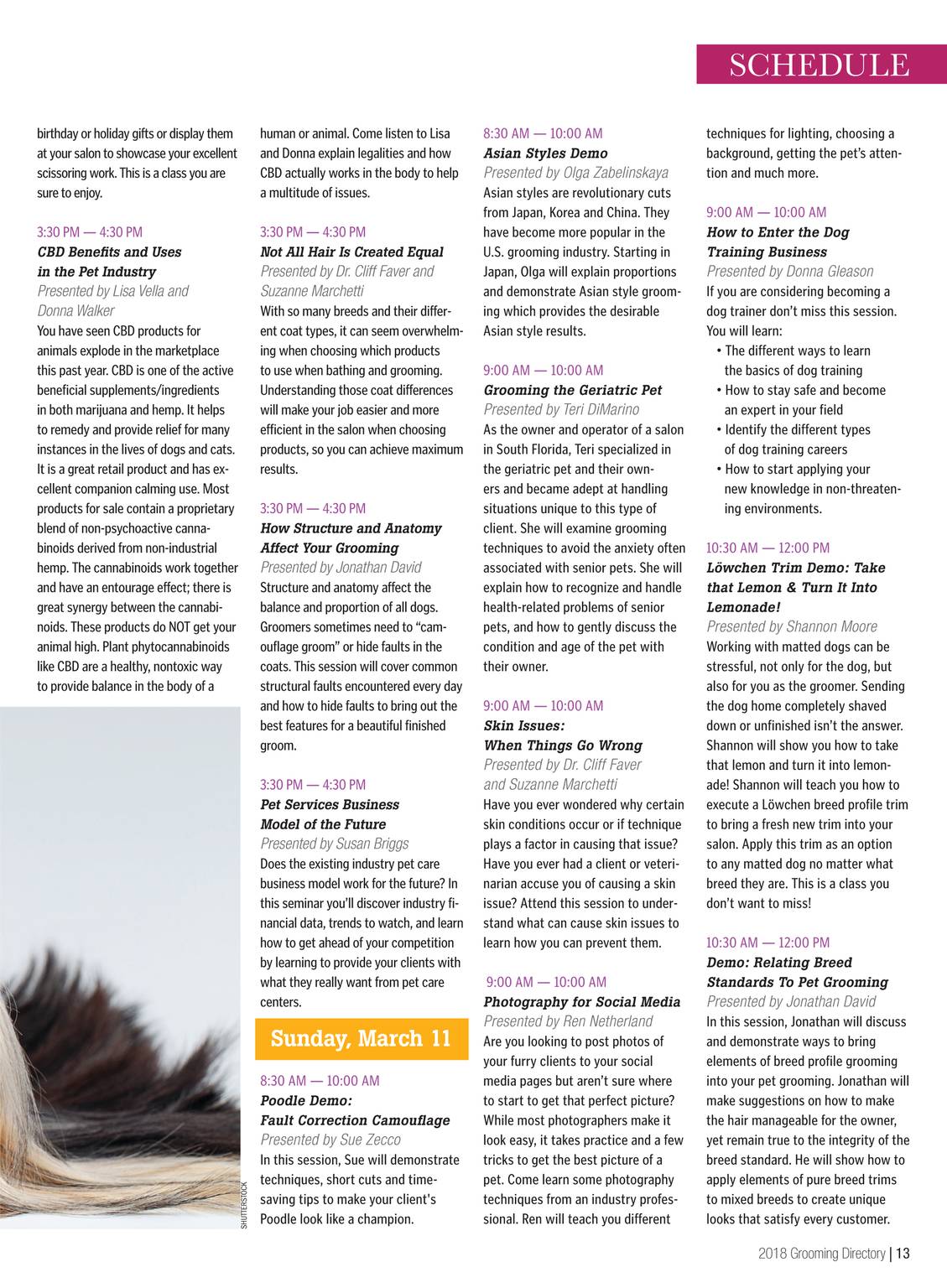
Credit: digitalmag.petproductnews.com
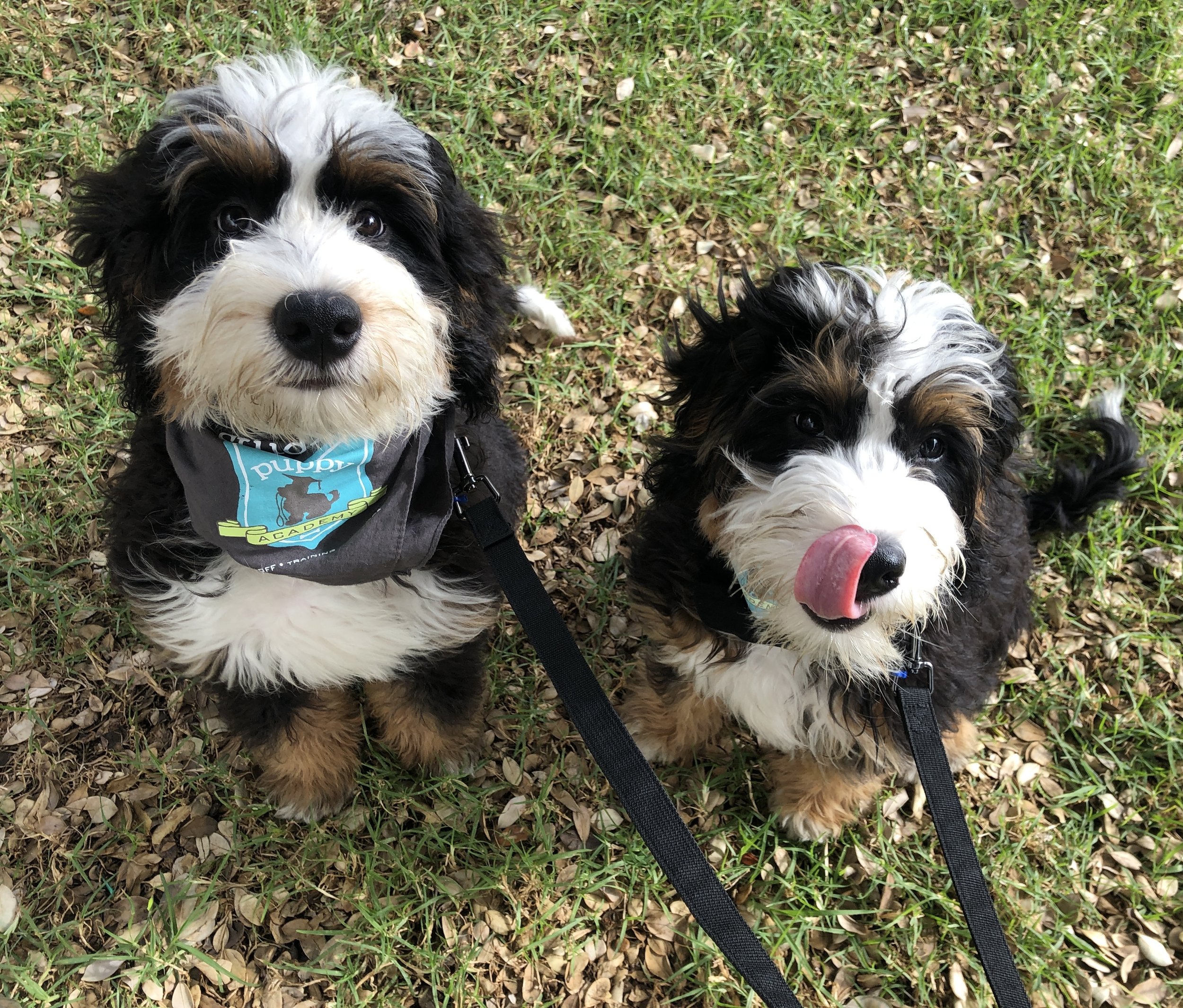
Credit: www.thepuppyacademy.com
Frequently Asked Questions On When Is The Best Time For Dog Training
What Is The Best Age To Send A Dog To Training?
The best age to start dog training is as a puppy, ideally between 7-16 weeks old. However, it’s never too late to train an adult dog. Training should be a part of their daily routine and done when they are most alert & focused. The right time of day varies for each dog.
What Is The Best Age To Start Puppy Training?
The best age to start puppy training is between 7 to 14 weeks old. This is the period when puppies are most receptive to learning and socialization. Starting early can prevent behavior problems & lower the risk of aggression. It is recommended to enroll your puppy in a training class with a professional trainer.
What Age Is Too Late To Train A Dog?
There is no age too late to train a dog. Despite popular belief, you can teach an old dog new tricks. Adult dogs can still benefit from training & may be less distracted and energetic than puppies. Start training your dog as soon as possible to ensure the best results.
What Is The Number One Rule In Dog Training?
The number one rule in dog training is consistency. Dogs thrive on routine and training should be frequent and structured. Rewards should be given immediately for good behavior and corrections should be firm but fair. Above all, training should be positive and enjoyable for both the dog and the owner.
Conclusion
You know now When is the Best Time for Dog Training? Yes, training your dog can be done at any age & any time that is convenient for both you and your pet. However, the best time for training is during their early stages of development. This is when they are more receptive to learning and have a greater capacity to retain new information.
Finally, by considering their individual personality and temperament, you can determine the best approach to their training needs. Consistency, patience, and positive reinforcement are essential components for successful dog training. Remember, every dog is unique, and with the right training method, every dog can become a well-behaved and loyal companion.




